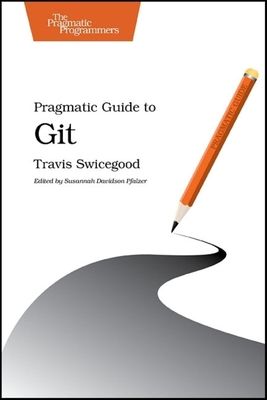Home
Pragmatics: A Slim Guide
Loading Inventory...
Barnes and Noble
Pragmatics: A Slim Guide
Current price: $80.00


Barnes and Noble
Pragmatics: A Slim Guide
Current price: $80.00
Loading Inventory...
Size: Hardcover
*Product Information may vary - to confirm product availability, pricing, and additional information please contact Barnes and Noble
This book offers a concise but comprehensive entry-level guide to the study of meaning in context. There can be a big difference between what a speaker says and what they mean - i.e. between literal meaning and intended meaning. A speaker who says
I need coffee
can mean anything from 'Please buy more coffee' to 'I'm really sleepy'. How is a hearer to know? In this book, Betty Birner explores how we get from what is said to what is meant, from the perspective of both the speaker and the hearer, dealing with a range of context-dependent issues in language along the way: literal and non-literal meaning, implicature, speech acts, reference, definiteness, presupposition, and information structure. She reveals how language users can infer each other's meanings using not just what is being said but also the context and an assumption of rationality and cooperation.
This slim guide summarizes the most important and foundational theories in the field of linguistic pragmatics, illustrated with plenty of real-life examples, and including a helpful glossary of key terms. Written in a lively and accessible style, the book will appeal to a wide range of readers, from undergraduate and graduate students of pragmatics to general readers interested in how we successfully communicate with one another.
I need coffee
can mean anything from 'Please buy more coffee' to 'I'm really sleepy'. How is a hearer to know? In this book, Betty Birner explores how we get from what is said to what is meant, from the perspective of both the speaker and the hearer, dealing with a range of context-dependent issues in language along the way: literal and non-literal meaning, implicature, speech acts, reference, definiteness, presupposition, and information structure. She reveals how language users can infer each other's meanings using not just what is being said but also the context and an assumption of rationality and cooperation.
This slim guide summarizes the most important and foundational theories in the field of linguistic pragmatics, illustrated with plenty of real-life examples, and including a helpful glossary of key terms. Written in a lively and accessible style, the book will appeal to a wide range of readers, from undergraduate and graduate students of pragmatics to general readers interested in how we successfully communicate with one another.


















